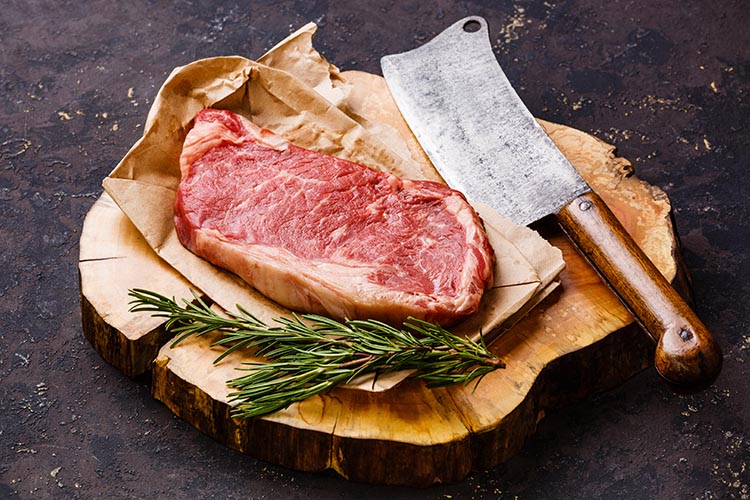Since the dawn of civilization, fish has delighted our palates and is one of the natural wonders of the world. Their meat is lean, light, and full of protein, omega-3 fatty acids, and the antioxidant vitamin E. Each one of us contributes to the health of our immune system and heart. We most frequently eat cod, flounder, salmon, pollock, and tuna. However, given that there are over 25,000 species of fish, there is a wide enough selection of edible fish to satisfy even the most discerning palate. However, how do you know when you are serving the freshest fish?
Let your nose be your guide as you approach the fish market near me. Fish that is extremely fresh has a very faint odor. If it smells strongly of fish, don’t eat it. It’s possible that after being discovered, it was processed wrongly. When the fish is delivered to you, it won’t have that strong stench if the fishing boat has equipment for flash freezing the catch. You should also look up the fish’s packaging date (especially if you are purchasing at your local supermarket). Even plastic will be able to smell fishy. Don’t buy it.
Additionally, you should browse about. Both the employees and the market should be spotless. The fish should appear to have just been caught. Not at all slimy. Instead of being drab and sunken, the eyes should be dazzling and lively. The redness should surround the gills. All of these indicate freshness. If your finger leaves an impression on the flesh after pressing the fish, that is another indication that it is not fresh. Fresh fish won’t accomplish this.
Use the fish you brought home within two days. Fish loses its quality pretty rapidly. It cooks much more quickly than beef or chicken, so make sure to utilize it virtually immediately. It’s crucial to take care of your health, so eat well and stay secure.
Now, if you’re one of the millions of serious anglers who prefers to fish from a boat and catch your own fish, freshness is usually not an issue as long as you adhere to some fundamental guidelines. It’s very easy. Ice! All boats, whether they are fishing boats or leisure craft, can feature an ice-filled cooler. Bring the catch home, cook it in a hot skillet or on the grill, and then relish the results of your labor. Your family will enjoy your family’s next aquatic cuisine meal since it is so fresh.
How do you know when the fish is done? The most typical error is overcooking. It is finished when the fish changes color and is consistent throughout. Don’t go for another minute. You’ll leave behind a rubbery mess. You can use butter or vegetable oil to keep your fish wet, which is what you want. Here is a wonderful dish for fish that is moist.
2 1/2 pound skin-on red snapper fillet
Pepper and salt
1 tablespoon of a spice mix for seafood
Extra virgin olive oil, 3 teaspoons
smashed three garlic cloves
50 ml of white wine
1/4 cup chopped ordinary or sun-dried tomatoes (if you like anchovies you can add them)
1 quart of fresh chicken stock or chicken stock from a grocery store container
1 crusty loaf of bread
Add salt, pepper, and seafood spice to the fish to season it. A sizable deep skillet is warmed up over medium-high heat. Add garlic and extra virgin olive oil. Snapper should be added, skin side down, and cooked for three minutes, or until golden brown, before being turned over to finish cooking. Wine should be added before chopped tomatoes and chicken stock are combined. Don’t break up the fish by vigorously stirring the mixture. To meld the flavors, boil the soup for a further three to five minutes.
Fish should be served in bowls with lots of broth. Bring plenty of crusty bread to the table. Enjoy!









